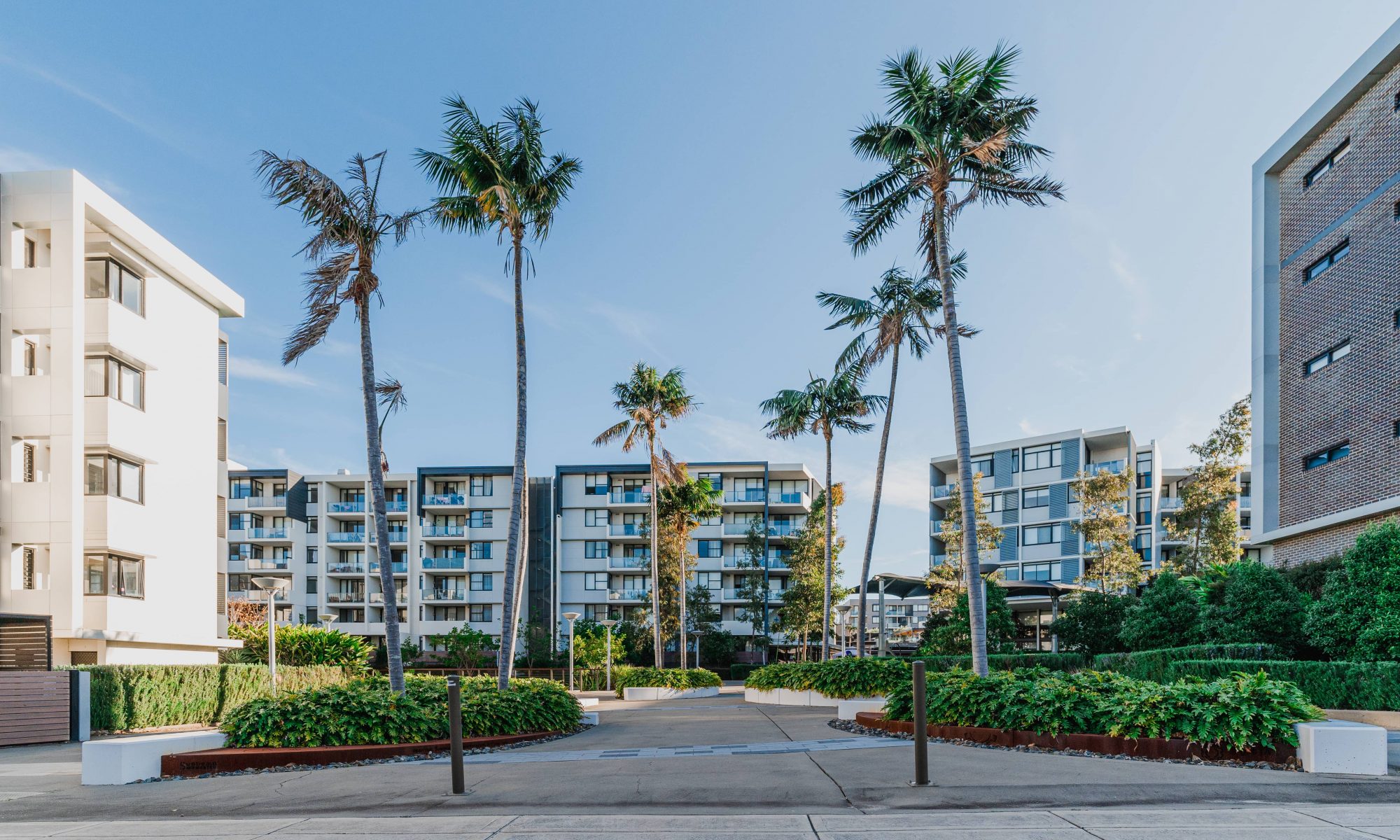Good landscaping fuses art, design and technology to create the perfect outdoor space. Residential and commercial landscapers should be familiar with these essential principles to achieve the ideal design, while ensuring a functional and well-intended outdoor space—so that an outdoor space is a valid extension of indoor living.
Designing a successful and functional landscape is about more than just visual appeal. It’s all about design elements working harmoniously to create the perfect green space, improving structure, sophistication and practicality for all types of properties.
8 Key Principles of Landscape Design
Landscapers have the responsibility of ensuring a perfect balance between natural and manmade elements of a landscape. Whether a large or smaller scale project, the art of the design must balance in colour, form, texture and scale, working with (not independent of) the entirety of the project.
These elements are then used to create and achieve purposeful design. Key design principles applied in landscaping include:
- Unity
- Balance
- Transition
- Focalisation
- Proportion
- Rhythm
- Repetition
- Simplicity
Applying the Principles of Design in Landscaping
When designing a perfect outdoor space, there are a few principles landscaping professionals consider to help uplift and transform spaces across Sydney. Carefully implementing these principles in landscaping design allows for a more refined, sophisticated and presentable-looking space.
Below is a description of the design principles along with examples of ways they can be implemented throughout landscape projects in Sydney.
| Design Principle | Definition | Example in Landscaping |
| UNITY | Express a certain idea or concept through a consistent style, making sure all elements are in sync and work together in a way that complements other parts of the landscape design, without compromising functionality. | Plant repetition throughout a design, the use of same plant species for similar textures. |
| BALANCE | A visual equilibrium between a structure and its landscape, attractive to the eye, whether in symmetry, asymmetry or in equal lines of colour, form or texture. | Long straight planting for symmetry, length to height ratios for asymmetry. |
| TRANSITION | A logical change between areas, sequential in order, such as a transition in the overall composition of a landscape—the endless combination of size, form, texture, colour, and so on to create a 3D view. | Height transition of plants such as columnar plants to shrubs, different tones of greenery, changing colour schemes in different areas, dense to intermediate planting. |
| FOCALISATION | A visual break in the landscape where observers are encouraged to view a certain point of the landscape, drawing focus towards a statement or central piece within the area. | A specific plant type, hardscapes, fountains, architectural elements. |
| PROPORTION | Also, referred to as scale. The relationship between the size of parts of the landscape design, in comparison to one another and their surroundings. | A fountain in a large area, sitting benches in a park. |
| RHYTHM | An intentionally created motion of landscape design, creating a continuity and flow between different areas of the landscape. | Planting certain species grouped together, colour blocking, stepping stones. |
| REPETITION | Repeating certain features such as plants, colours and/or textures to create variety and rhythm in design. | Recurring plant themes, repeating architectural lines or features throughout, colour matching or grouping. |
| SIMPLICITY | Eliminating unnecessary detail. | Using a maximum of 3-4 colours, repeating the same colour/plant theme throughout. |
Implementing these design principles in landscape design can shape any landscape or garden and can create unity, flow and connection between all areas of a project.
Landscape design can shape your property. Good landscape design serves purpose, aesthetics and functionality all the while improving its overall value.
Here at Civil and Scape, we know that Sydney developers and homeowners value good landscape design. Our expertise means we create with intention and have the capacity to both transform and create new, appealing and functional commercial building landscaping for your property, whether commercial or residential.
Get in touch with our Civil and Scape team today on 1300 457 457.


 1300 457 457
1300 457 457 info@civilandscape.com.au
info@civilandscape.com.au